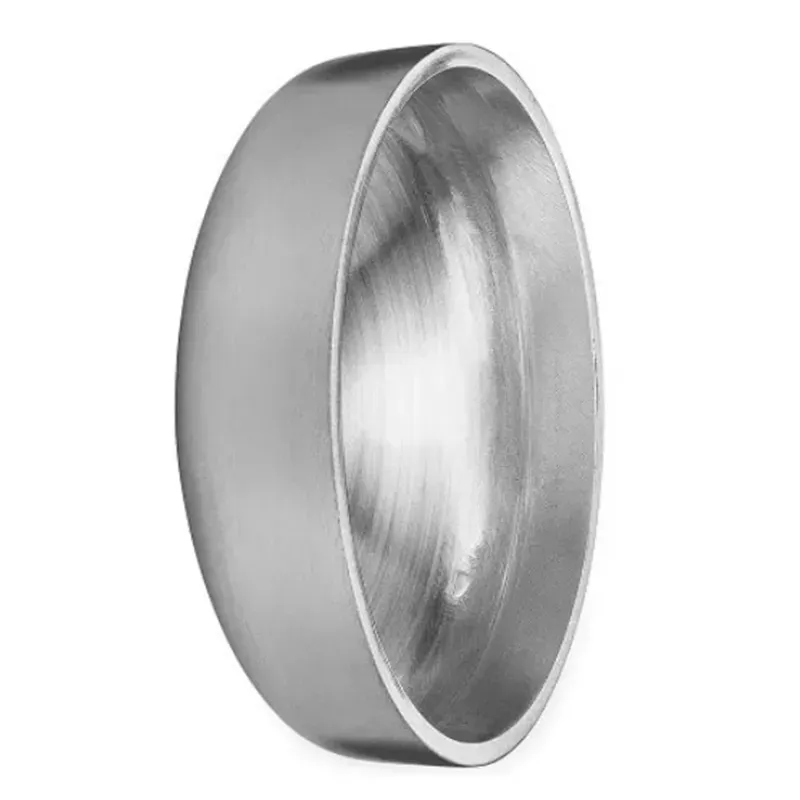-
Cangzhou Yulong Steel Co., Ltd.
-
Phone:
+86 13303177267 -
Email:
admin@ylsteelfittings.com
- English
- Arabic
- Italian
- Spanish
- Portuguese
- German
- kazakh
- Persian
- Greek
- French
- Russian
- Polish
- Thai
- Indonesian
- Vietnamese
- Zulu
- Korean
- Uzbek
- Hindi
- Serbian
- Malay
- Ukrainian
- Gujarati
- Haitian Creole
- hausa
- hawaiian
- Hebrew
- Miao
- Hungarian
- Icelandic
- igbo
- irish
- Japanese
- Javanese
- Kannada
- Khmer
- Rwandese
- Afrikaans
- Albanian
- Amharic
- Armenian
- Azerbaijani
- Basque
- Belarusian
- Bengali
- Bosnian
- Bulgarian
- Catalan
- Cebuano
- China
- China (Taiwan)
- Corsican
- Croatian
- Czech
- Danish
- Esperanto
- Estonian
- Finnish
- Frisian
- Galician
- Georgian
- Kurdish
- Kyrgyz
- Lao
- Latin
- Latvian
- Lithuanian
- Luxembourgish
- Macedonian
- Malgashi
- Malayalam
- Maltese
- Maori
- Marathi
- Mongolian
- Myanmar
- Nepali
- Norwegian
- Norwegian
- Occitan
- Pashto
- Dutch
- Punjabi
- Romanian
- Samoan
- Scottish Gaelic
- Sesotho
- Shona
- Sindhi
- Sinhala
- Slovak
- Slovenian
- Somali
- Sundanese
- Swahili
- Swedish
- Tagalog
- Tajik
- Tamil
- Tatar
- Telugu
- Turkish
- Turkmen
- Urdu
- Uighur
- Welsh
- Bantu
- Yiddish
- Yoruba

Nov . 16, 2024 10:06 Back to list
150 blind flange
Understanding 150% Blind Flanges Types, Applications, and Advantages
Flanges play a critical role in various piping systems, acting as connection points for pipes, valves, and other equipment. Among the many types of flanges available, the blind flange stands out for its unique applications. A 150% blind flange, specifically, refers to a blind flange designed to handle a pressure rating of 150 pounds per square inch (psi) in accordance with the American National Standards Institute (ANSI) standards. This article delves into the characteristics, applications, and advantages of 150% blind flanges.
What is a Blind Flange?
A blind flange is a solid disc flange that serves the purpose of sealing off the end of a pipeline or a vessel. Unlike other flanges, which are used to connect two piping sections, a blind flange creates a closed system. This type of flange is essential for maintenance and inspection, allowing easy access to a pipeline without the need to remove entire sections.
Specifications of 150% Blind Flanges
The designation 150% in this context refers to the flange's pressure rating. Typically, a flanged connection rated for 150 psi can safely operate under pressure conditions up to 150 psi. However, the 150% blind flange may indicate the capability of this flange to withstand pressures exceeding the standard rating, suggesting an enhanced safety factor. In practice, this means that a 150% blind flange can typically be utilized in applications requiring additional safety margins, giving engineers the flexibility to design systems that can accommodate unexpected pressure fluctuations.
Material Composition
Blind flanges can be produced from various materials, including carbon steel, stainless steel, and alloy steel, depending on their intended application. The choice of material affects the flange's resistance to corrosion, temperature, and pressure. Stainless steel blind flanges, for example, are often chosen for their durability and resistance in corrosive environments, making them ideal for chemical processing plants or marine applications.
Common Applications
150% blind flanges find usage in a variety of industries, such as
1. Oil and Gas Used to seal pipeline ends, facilitating maintenance and inspections without interrupting service.
2. Chemical Processing Used in systems where hazardous materials are present, helping maintain a secure and closed system.
150 blind flange

3. Water Treatment Blind flanges are common in water filtration and treatment facilities, allowing for isolation of pipes while maintenance occurs.
4. Power Generation Employed in both fossil fuel and nuclear power plants, where safety and equipment reliability are paramount.
5. HVAC Systems In heating, ventilation, and air conditioning systems, blind flanges can be used to close off pathways that are not presently in use.
Advantages of 150% Blind Flanges
1. Enhanced Safety The additional pressure rating provides an inherent safety margin, reducing the risk of failures due to unexpected pressure conditions.
2. Easy Maintenance Blind flanges enable convenient access for inspections and maintenance, which is vital to ensure the integrity of pipeline systems.
3. Versatility Due to the variety of materials available, 150% blind flanges can be used in diverse applications across multiple industries.
4. Cost-Effective By allowing for the isolation of certain sections of the piping system, blind flanges can help reduce downtime during maintenance, ultimately saving costs.
5. Reliability The solid construction of blind flanges provides a reliable seal, minimizing the risk of leaks in critical systems.
Conclusion
150% blind flanges are an essential component in many pipeline systems, offering a combination of safety, reliability, and ease of maintenance. Understanding the specifications, applications, and materials used in these flanges can aid engineers and plant operators in making informed decisions when designing and maintaining secure and efficient piping systems. With ongoing advancements in materials science and engineering, the role of blind flanges, especially those rated for higher pressures, will continue to evolve, ensuring they meet the demands of modern industrial applications.
Latest news
-
ANSI 150P SS304 SO FLANGE
NewsFeb.14,2025
-
ASTM A333GR6 STEEL PIPE
NewsJan.20,2025
-
ANSI B16.5 WELDING NECK FLANGE
NewsJan.15,2026
-
ANSI B16.5 SLIP-ON FLANGE
NewsApr.19,2024
-
SABS 1123 FLANGE
NewsJan.15,2025
-
DIN86044 PLATE FLANGE
NewsApr.19,2024
-
DIN2527 BLIND FLANGE
NewsApr.12,2024
-
JIS B2311 Butt-Welding Fittings LR/SR 45°/90° /180°Seamless/Weld
NewsApr.23,2024











